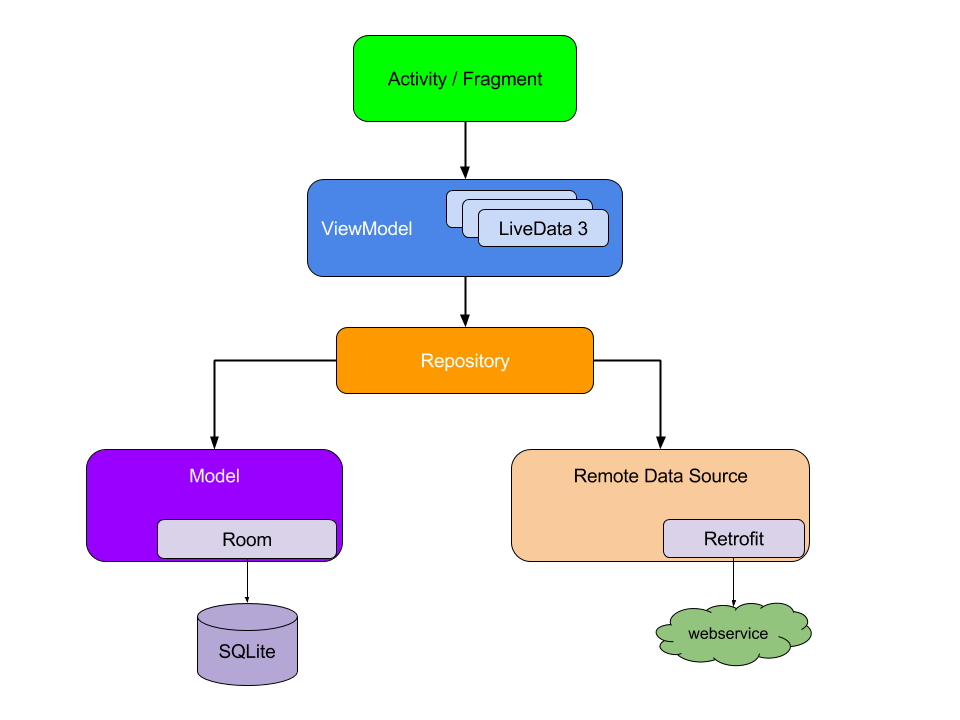Android is developed by Google and it is a mobile operating system, based on the Linux kernel. The Android operating system is a collection of different components and these components are divided into 5 sections, and the stack which holds all these components is known as the Android stack or Android Architecture. Here in this article, we will discuss the 5 different components of Android Architecture.
Android Architecture

Android Components
- Linux Kernel
- Android Native libraries
- Android Runtime
- Application framework
- Application
Linux Kernel
As we know that Android architecture is a structured pattern of Layers one above another, and the Linux kernel lay at the bottom of this architecture. It provides a foundation to all the other Android components and provides many key features for the development of the Android Operating system. It is also termed the heart of Android Architecture because it provides the level of abstraction between the hardware devices and the upper layer of Android Architecture. It contains all the important hardware drivers such as a keyboard, display, camera, etc. Apart from Hardware drivers Linux Kernel also takes care of memory management, power management, device management, and resource access.
Some essential functions handled by Linux Kernel
- Security
- Memory Management
- Process Management
- Network Communication
- Hardware Drivers
Android Native Libraries
The next layer of Android Architecture is Native libraries and it lay just on the top of Linux Kernel. The native libraries are a collection of different libraries written in C++ and Java, which are used to perform different tasks on data. Native libraries mostly include open source libraries which play an important role in the Android App development. All the tasks that perform on Data such as storing data, showing graphical interface, linking with the internet, etc all done with the help of these libraries.
Some Open Source Libraries:
- WebKit: It is an open-source library used to display web content
- Media Framework: This helps us to play and record audio and video
- Secure Socket Layer: Help with Internet Security
- SQLite: Use to store data
- Open GL: This helps us to create 2d and 3d graphics
Android Runtime
It is the third section of Android Architecture and it lay at the top of Linux Kernel and has a vital role to execute the Android App. When the source code gets compiled it turned into bytecode here the Android runtime comes into play. Android runtime consists of core libraries and Dalvik Virtual Machine (DVM), which is similar to Java virtual machine, the only difference is Android use only DVM to execute its code. Android Runtime also consists of many core libraries, which help developers to write an android application using Standard Java.
Application Framework
The Application framework is the second topmost layer of Android architecture. This layer of Android architecture interacts with our program and forms an environment in which the program can run. This layer provides many key services such as resource management, voice call management, etc. It includes many APIs which provides Java classes and interface to android development.
Some key services of the Application framework.
- Android Manager: It manages the life cycle of an application
- Content provides: It allows the data sharing between two application
- Resource Manager: It provides access to settings and user interface layout
- Notification Manager: It manages the notification alerts.
- Telephony manager: It manages the voice calls
Application
It stands at the top of the Android architecture basically the user interacts with it directly. It contains two components native applications and third-party applications. All the applications that you have downloaded on your android application fall under Application.
Conclusion
So that was all about Android architecture. Today, Android is one of the most widespread mobile operating systems. Android architecture is a software stack to support mobile device needs. This software stack consists of the Linux kernel, Android native libraries, Android runtime, application framework, and application. We have explained each component of the software stack in this article to help you understand the overall Android architecture.
People are also reading:
- Top 40+ Android Interview Questions
- 8 Best Android Emulators for Windows and macOS
- iPhone Data Recovery
- Best iOS Emulator
- How to find Wifi Password on Windows 10?
- Best Android Books
- Best Android Lock Screen Removal for Your Smartphone
- Best Software for Android Data Recovery
- Appium Installation Process
- How to make an App?




